Don’t let anybody tell you that woodworking is dead. There are still 7,300 active woodworkers in the US, and that’s not even mentioning thousands of other specialized craftspeople who work with different woods every day.
Well, any of them will tell you that not all woods are created equal, and each of them probably has a favorite of their own. However, they do run a bill for the workers, which is one of the reasons you see such expensive furniture.
Let’s talk about the most expensive wood in the world.
What Makes Wood Expensive?
Before we jump into our list, let’s briefly discuss the factors that determine the price of different wood. Since wood comes from trees, a lot of it comes down to accessibility and supply, but it doesn’t stop there!
Aesthetics
Let’s be honest and say that pine isn’t the most beautiful wood available in the world, but it is widely available and gets the job done in many cases. That’s why it’s so cheap.
On the other hand, there are certain woods you may need to create furniture, musical instruments, or other pieces that require a greater flair. Well, there are plenty of woods that offer very unique aesthetics, which drives up demand, which drives up prices.
Cherry, purple heart and rosewood have very unique grains, colors, and aesthetics that many skilled craftspeople may require for a specific project. A table made of plywood won’t have the same visual appeal as one made of mahogany.
Location
If you live in the northeastern United States or eastern Canada and you want to use hardwood for your project, it’s no surprise that maple is going to be an easy option for you. It’s plentiful, local, and easy to obtain. However, if you want an Indian rosewood, it will need transportation across the world.
Not only that but there are some types of woods that are hard to get to. Imagine having to drop trees and transport lumber from the middle of the Himalayas, remote islands, or deep in the rainforests.
Strength
The strength of wood affects its price because its harder to process as lumber. Pine and other softwoods are easy to take down and process and the infrastructure and equipment needed for it is widely available in the logging industry.
However, when we enter into territories like cherry, oak, or maple, it becomes far more difficult and expensive to process. Loggers need stronger equipment and more of it, as stronger woods break down saws faster.
Also, stronger wood tends to come with a higher demand for their specific purposes, which can drive up the price for certain types.
Laws
Often as a consequence of endangerment, there are restrictions on trade, sale, or even removal of certain tree species. If trees are subject to protectionist laws, they are likely to rise in price significantly.
In the US, most of these protections come from the Endangered Species Act, and there are similar laws in countries all around the world. However, you can still find endangered wood from the majority of the world.
Also, there could be tariffs or other taxes involved on certain types of wood, but these are highly specified to a few species around the world.
Culture
Some woods are used more in certain cultures than others. Often, oil is extracted from wood for religious or cultural rituals, holistic medicines, and more. Consequently, this increases demand for specific tree species, further driving up the price.
Moreover, some hardwoods are used more for furniture or building materials in certain cultures as symbols of status. For example, Saudi Arabia is one of the largest consumers of the exotic wood known as agarwood, often used in Saudi royal palaces.
Conversely, the same is applied in the US. Here, most people can identify hardwoods like mahogany, cherry, and walnut, which are all native to the Americas and are widely used for furniture. These woods (along with others) often act as status symbols for certain demographics.
Supply and Demand
Most often, it comes down to the ratio of supply and demand. Woods that are in high demand and short supply are going to be more expensive.
Strength, aesthetics, and prestige all play major roles in the demand for particular woods, while endangerment, laws, location, and ease of access affect the supply.
For example, ebony is an endangered tree species found in Africa with plenty of trade restrictions. However, it’s highly sought-after for its strength, aesthetic, and prestige. Because of this, ebony tends to be far more expensive than other hardwoods.
10 Most Expensive Wood in the World
Now that you know the factors that contribute to the price of wood, we won’t keep you in suspense. Here are the most expensive woods on the planet, some factors that contribute to their price, and why they are in such high demand!
10. American Holly
If you wanted to see a North American native on this list, then here you go! A slab of high-quality American holly will cost upward of $40 per board foot. However, you can generally get decent holly for between $6 to $10 per board foot in the US if you know where to look.
Holly has a very pale, almost white color and smooth texture on its surface. It is mostly popular for piano and organ keys, and for inlay lines on other instruments.
9. Indian Sandalwood
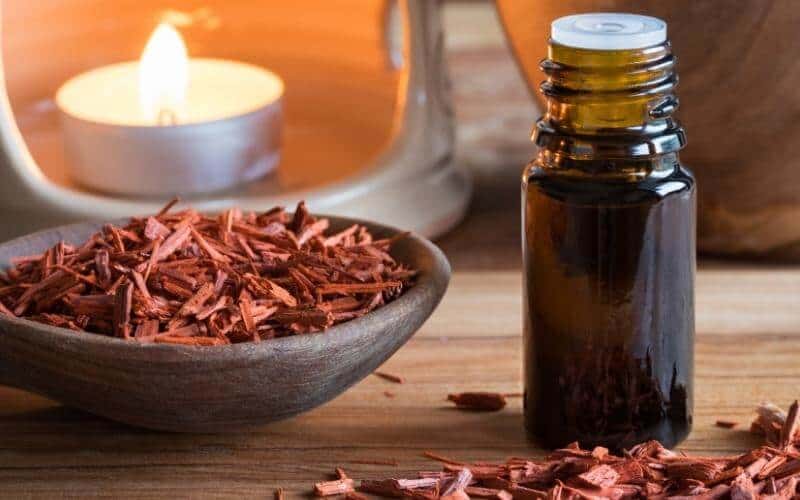
Native to southern India, sandalwood is used for oil extraction for medicines and religious rituals throughout the world. Sandalwood is a fast-growing hardwood that’s sought-after by many businesses, craftspeople, and others for its light color, durability, and strength.
You may find some sandalwoods are on the cheaper side, but the good stuff is far from it. If you want traditional Indian sandalwood from the depths of the South Indian forests, you should expect to pay up to $80 per board foot.
Not only that, but even sandalwood wood chips are expensive, costing between $70 and $250 per kilogram! These expensive wood chips are generally used for smoking or grilling high-quality foods.
8. Bocote
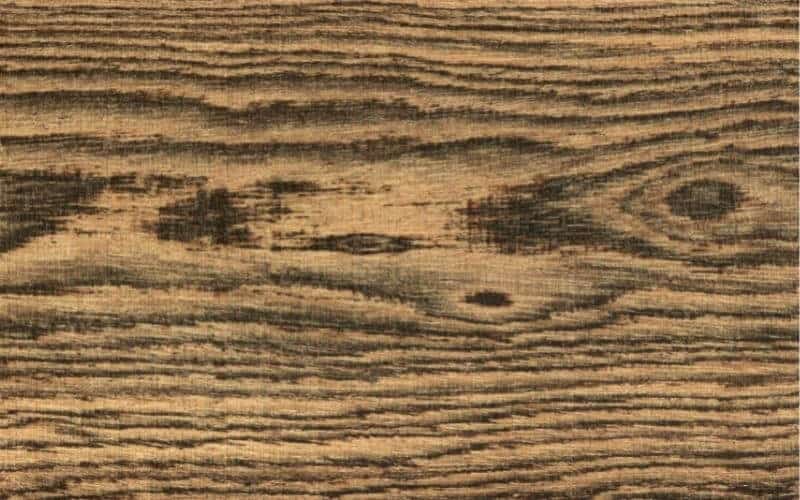
Bocote is native to Mexico and Central America, and it is a unique hardwood with intense grain patterns. It has a similar tone to more common woods like mahogany or walnut, but it’s easily identifiable by its curly and abstract lines.
Conversely, the hardwood comes at a price for its difficulty in processing and rarity, often costing up to $30 or $40 per board foot for high-quality boards. However, you may find cheaper options that may sacrifice some quality.
7. Dalbergia
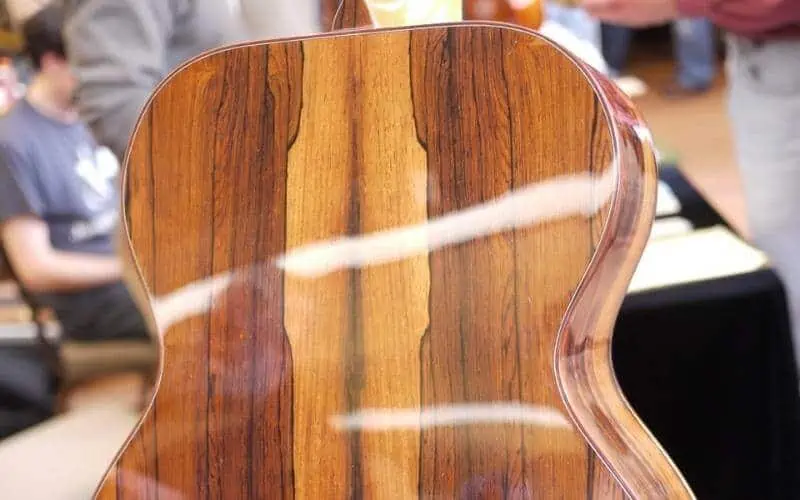
While there are different types of Dalbergia, more commonly known as rosewood, the most expensive can be found in India’s dense forests, which makes it difficult to find and process.
Not only that, but it’s very difficult to work with, as it’s very hard with wildly varying and abnormal grain patterns. Due to this, high-quality Dalbergia costs at least $16 per board foot. However, Dalbergia is an excellent material when it comes to creating furniture.
African Dalbergia, is even more expensive. Believe it or not, we already mentioned this, as ebony is the commonly used name for specific Dalbergia native to Africa.
Also, if you want a cheaper version of Dalbergia, you can get it in Brazil. However, it will not live up to the same quality as its Indian counterpart. The most popular subspecies of Dalbergia, which are of varying costs, include Dalbergia retusa, nigra, and latifolia.
6. Purple Heart
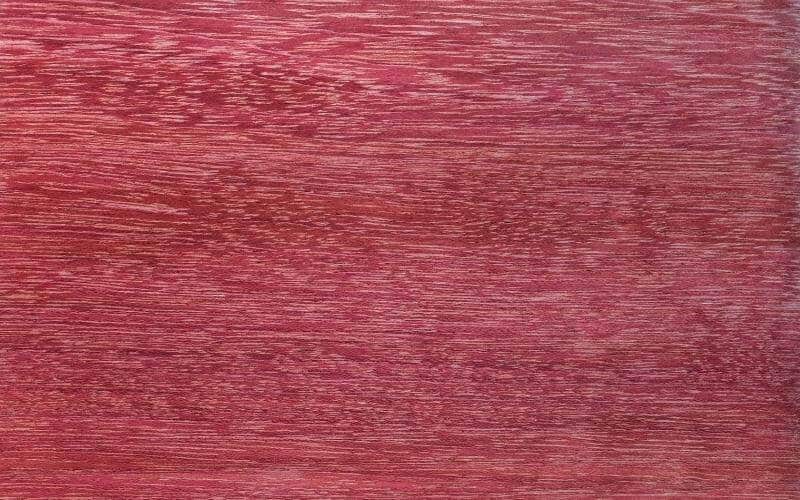
Here’s one you’ve likely heard of if you live in the US, as it’s a more popular exotic wood in the country. Also known as violet wood, purple heart is a highly sought-after wood for craftspeople of all types. Like pink ivory, it’s known for its vibrant colors and intense grain patterns and is generally used for smaller projects due to its cost.
However, purple heart is not quite as rare as pink ivory, so you can find boards for as little as $14 per board foot, with high-quality boards costing as much as $40 per board foot.
5. Pink Ivory
Another native to Africa and one of the most unique materials on the list is pink ivory, also known as purple or red ivory. It comes with a unique curly grain pattern and is widely considered to be one of the rarest and most valuable types on earth.
Because of its rarity, it’s generally only used for smaller projects, including wooden rings and similar projects. While prices fluctuate and depend on the vibrance of the color, you could easily spend $80 per board foot for pink ivory. For less vibrant pink ivory boards, you may only spend between $20 and $30 per board foot.
4. Agarwood
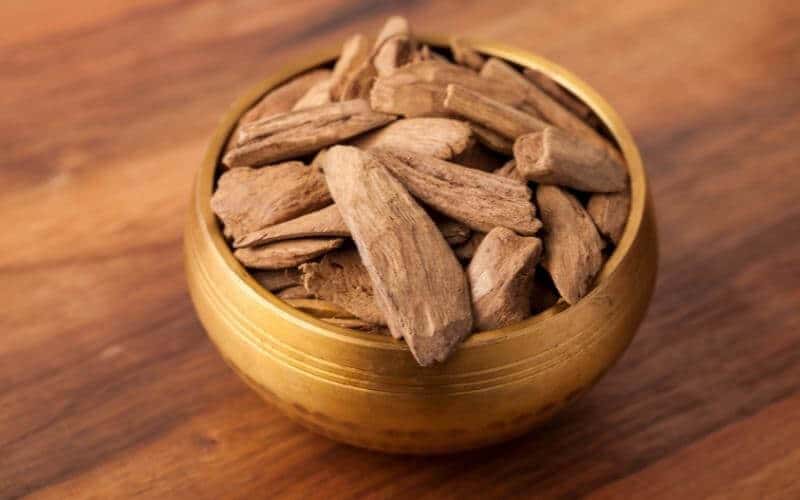
Agarwood is a highly sought-after wood, as it is widely considered one of the most extravagant natural materials on earth. This tree is native to southern Asia, particularly in Myanmar, Laos, and parts of India.
What makes this wood so unique is that it hosts a specific type of mold that creates color patterns and odors that are unlike any other natural resource in the world.
Also, it isn’t just used for woodworking. Oil extracted from the wood is often used for medicines and religious rituals. Much like Bubinga, a woodworker in the US will likely find agarwood for around $25 per board foot.
3. Bubinga
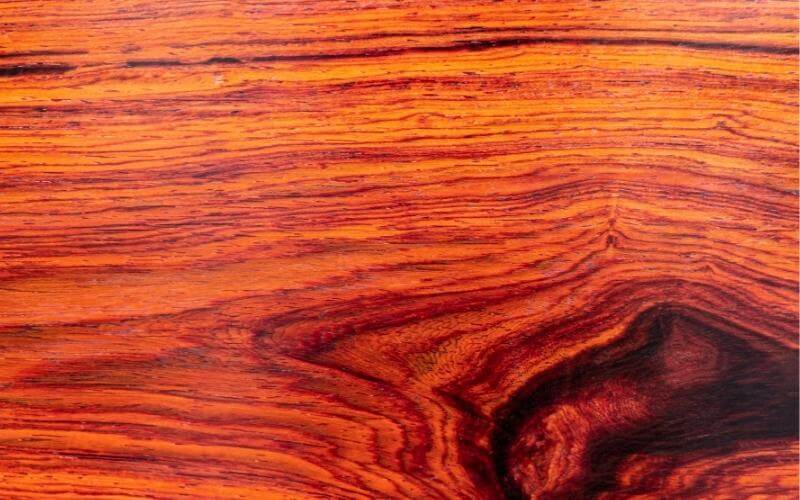
You’ll notice that many on this list originate in Africa, and that’s no coincidence. Many are challenging to work with, difficult to transport, and subject to several protectionist laws. Bubinga is no exception.
Believe it or not, Bubinga is a softer wood that’s easy to work with, and it’s most often used for high-quality tools and furniture. However, don’t let the softness fool you, as it is still a very strong and durable wood.
Bubinga is still likely to cost an American woodworker around $25 per board foot. Although, you get what you pay for, as it is a highly sought-after wood that is highly durable and resistant to termites.
2. Cocobolo
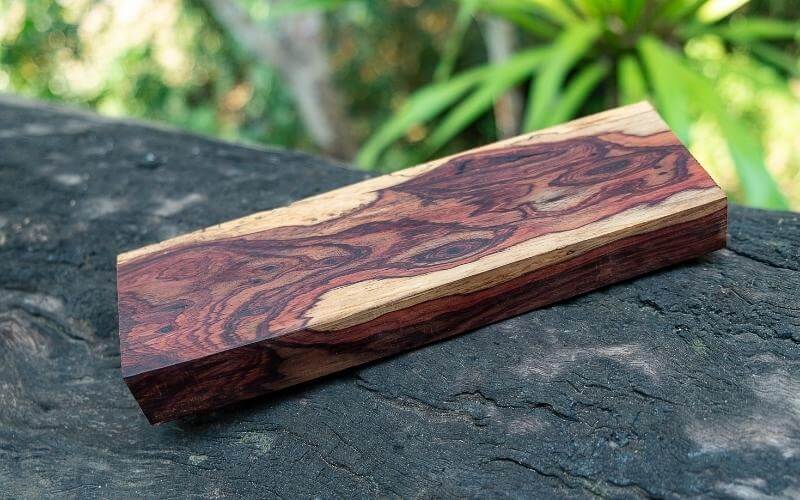
Mostly found in Central America, this beautiful reddish-brown (sometimes orange) wood has sharp lines in the grain and is often only used for smaller projects due to its high costs.
While ebony costs an average of $100 per board foot, cocobolo comes at the discounted price of $50 per board foot. If that doesn’t sound too expensive, compare that with a hardwood like a maple which costs less than $5 per board foot.
1. Ebony
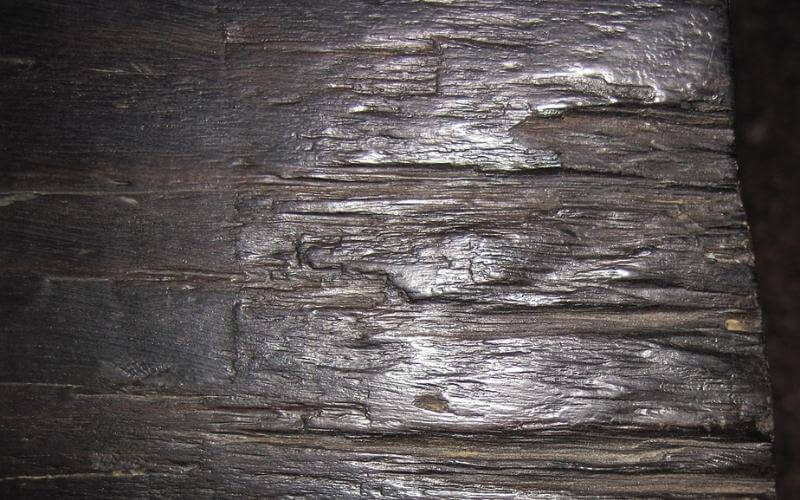
Not only is ebony the subject of trade restrictions and protectionist laws, but it’s one of the most sought-after exotic woods in the world. What’s it used for?
Well, skilled luthiers (string-instrument makers) use ebony wood for fretboards because of its durability. Because a player’s fingers touch the area so much, the oils from their hands will break down finishes.
Consequently, luthiers use ebony so they don’t need to use a finish, as it is strong enough to hold for years to come. Some luthiers and other woodworkers store their ebony in a climate-controlled environment for up to ten years before use because it’s that precious.
One kilogram of ebony can cost as much as $10,000, and even more for certain subspecies or high-quality boards, making ebony number one on our list.
Start Building
Now that you know some of the most expensive wood in the world, you can choose the right wood for your projects. Whether you’re making oil for a health project or building a beautiful guitar, we hope this list helped you.
For more information, stay up to date with our latest lists, and feel free to contact us with any questions!

